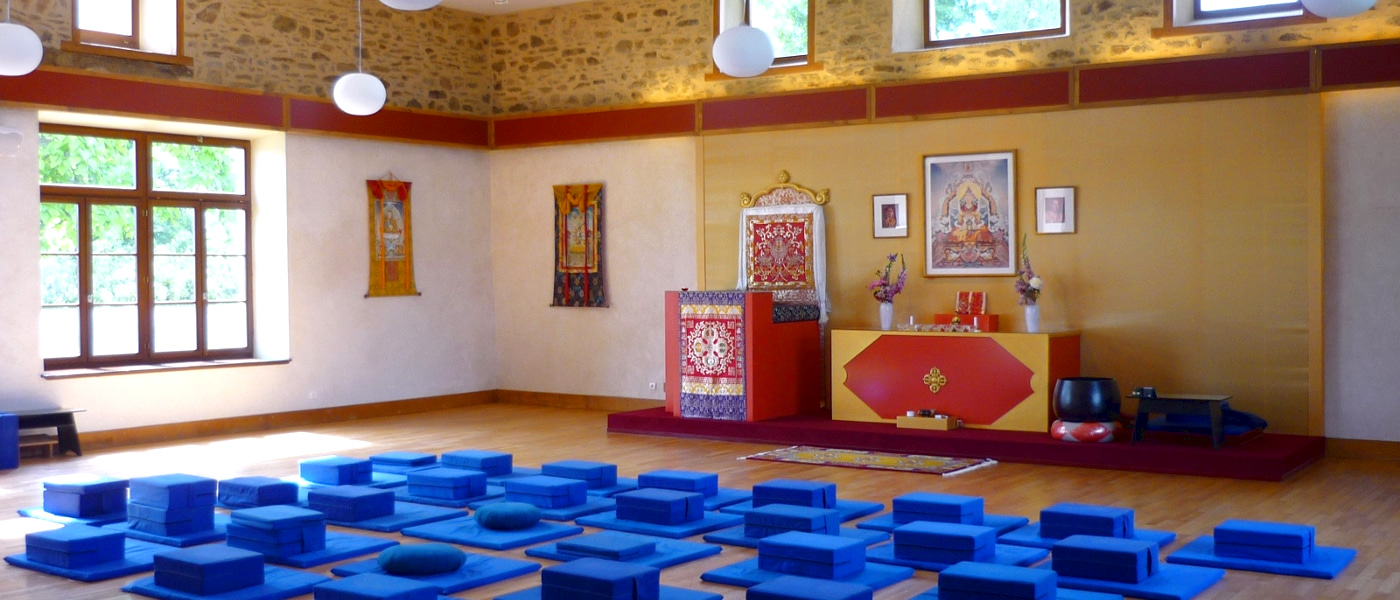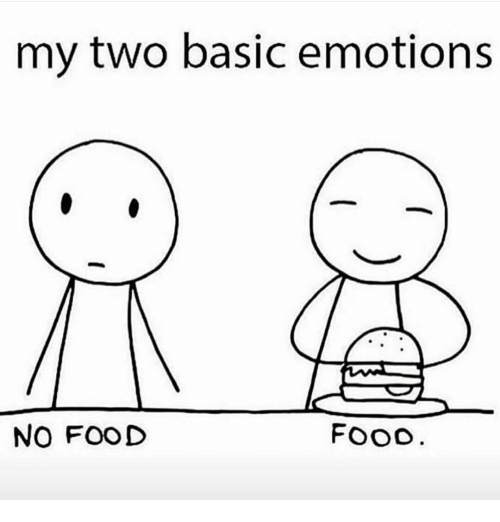 Having gathered good momentum for my weekly writing, I am taking a blogging pause’ for a month. I am about to head off on a retreat – a 4 week retreat that in the Shambhala Buddhist tradition is referred to as Dathun, literally a ‘moon session’. The month-long period of practice is an opportunity to immerse myself in mindfulness meditation alongside others in the ‘sangha’ or Shambhala community. I am told that each day will be a full schedule of sitting and walking meditation, interspersed with periods of work (to contribute to the running of the centre). Another central practice is that of oryoki, a way of taking our meals borrowed from the Japanese Zen tradition. Each person has his or her own set of bowls, chopsticks and napkins. During each meal the set is opened, food is served accompanied by chanting, and everyone eats on the meditation cushion. After eating, the bowls are washed and the sets assembled right on the spot. Most of the retreat will be in silence: some periods of ‘golden’ silence (no talking), and some periods where only ‘functional’ speech is allowed (“can you pass me the salt please?”).
Having gathered good momentum for my weekly writing, I am taking a blogging pause’ for a month. I am about to head off on a retreat – a 4 week retreat that in the Shambhala Buddhist tradition is referred to as Dathun, literally a ‘moon session’. The month-long period of practice is an opportunity to immerse myself in mindfulness meditation alongside others in the ‘sangha’ or Shambhala community. I am told that each day will be a full schedule of sitting and walking meditation, interspersed with periods of work (to contribute to the running of the centre). Another central practice is that of oryoki, a way of taking our meals borrowed from the Japanese Zen tradition. Each person has his or her own set of bowls, chopsticks and napkins. During each meal the set is opened, food is served accompanied by chanting, and everyone eats on the meditation cushion. After eating, the bowls are washed and the sets assembled right on the spot. Most of the retreat will be in silence: some periods of ‘golden’ silence (no talking), and some periods where only ‘functional’ speech is allowed (“can you pass me the salt please?”).
Practice from 7am in the morning through until 9pm each night, for 28 days. As I sit here writing, 4 days before I head off, I have a multitude of feelings about the retreat, and I watch how those feelings and thoughts sway me: oscillating between excitement and anxiety.
In the past 10 days, I have become in touch with that meta-process and the pain it brings up. On one hand, I am leaving the ‘good life’ I have here: my home, my family, my friends, my work…and there is anxiety in leaving that behind. Its the good life because I take joy in it, and I am leaving it behind, I will be separated from everything I cherish. On the other hand, I have a yearning to take my practice deeper, and having the chance to study and practice for an entire month is a precious opportunity. Indeed, each time I have been reading Buddhist texts recently, I connect with an aching, an inner knowing that this path is integral to my being: as Helen, as a psychotherapist, as a teacher. There is much gratitude and appreciation. And it is not easy to want both lives. With friends, I have often lamented how much easier this path would be if I could take myself to a cave and just connect with the Dharma. But that is NOT the path. The path offered by Tibetan Buddhism is a being-in-the-world, to know myself through the relationship with others, through the relationship with the phenomenal world.
When I was having lunch with a Shambhala friend last week, he nailed it for me “ah yes, the pain of alternation”. To be a cave-dweller would bring familiarity, stability, a ‘known-ness’. To come in and out of immersion means we are always suffering the pain of change, uncertainty. Chogyam Trungpa Rinpoche, the founder of Shambhala, knew this and it motivated him to not only create the Dathun retreat, but also to inform its structure. I am told that practitioners are never allowed to develop a routine over the month. Lengths of sitting periods are changed, lunch is served at different times of day, and there is even a day off mid-retreat that means practitioners are faced with a sudden shift in the container – what to do without the safety of structure or timetable? It reminds me very much of the therapeutic container – the boundaries are kept in place in order for process to bump up against it. In the case of the retreat, each time there is a change in gear, there is an opportunity to observe the thoughts, feelings and emotions that get triggered: and appreciate their energies.

When I think about the pain of alternation, it reminds me of the idea of polarities in Gestalt psychotherapy: how in life the very essence of ourof experience to be lived with, sometimes coped with, is integrating the extremes. I met with my meditation mentor or ‘Kalyanamitra’ (spiritual friend) yesterday to talk about about the retreat, and we were talking about the whole caboodle of emotional experiences that may unfold: the polarities of sadness and joy; of anxiety and anger. The aim is not to look for a happy medium, but rather to touch and experience each polarity. This is well-being, integration. The deeper I go in to retreat, the deeper I can go in to everyday life.
There is another related type of alternation and polarity. The Buddha’s middle-way teaches like a well tuned instrument, our life must be lived “not too tight, not too loose”. And I think this is my biggest challenge in the retreat environment. I consider myself a serious practitioner, and I value that in myself. However, its also what can trip me up: I can be on the side of “too tight”. My intention for this retreat is to notice that tightening and attempt to soften and expand.
Of course, the retreat is simply a microcosm of everyday life. This is not a 28-day period to get through, to complete but rather an immersion in a process that goes on unfolding in everyday life. The retreat is simply a way to bring many of those processes more clearly in to awareness: through the container principle and bumping up against it, and also in slowing down and living more simply.
I look forward to sharing my experiences with you in a months time.

